Prosthetic inlays or onlays are solutions for restoring back teeth with mild decay or injury. They work well on teeth that are too damaged for fillings but not quite so damaged that a full crown covering the affected tooth is necessary. Dentists can preserve more of the tooth's natural structure by using an inlay or onlay. In regard to inlays and Onlays as opposed to conventional fillings: They are more robust and guard against additional tooth decay. Improve contact with neighbouring teeth to lessen food entrapment. Improved aesthetics.
When are onlays and inlays employed?
Because they can cover a significant cavity in the middle of a tooth, inlays are similar to fillings in this regard. An onlay can restore the complete chewing surface in circumstances when one or both of the tooth's corners or "cusps" have worn away. To establish whether an Inlay or Onlay is more suitable for your needs, your dentist will assess the state of your tooth.
What occurs when an inlay and onlay are fitted?
Typically, an inlay or onlay fitting takes two appointments. Your dentist will prepare the tooth for the inlay or onlay at the initial appointment. The remaining tooth structure will then be captured in a digital 3D impression by your dentist utilising the ground-breaking iTero® intraoral scanner and sent to a dental laboratory. As a result, the Onlay may be fitted more precisely. A technician will create your inlay or onlay using the scan. For your comfort and protection, a temporary filling will be applied. The dentist will take out the temporary filling at the subsequent session and test the inlay or onlay to make sure it fits properly before cementing it.
Your new Inlay or Onlay will blend in with the rest of the tooth for a flawless appearance unless you select gold, the most durable material available.
Are fillings similar to inlays and onlays?
Your Inlay or Onlay, also referred to as "indirect" restorations, are made specifically for you by a lab technician, who then attaches it to the tooth. After the decay has been removed, materials used in conventional fillings, also referred to as "direct" restorations, are placed directly on the tooth. Ask your dentist at Smile Hub Dental Clinic if an inlay or onlay is a good option for you if you have a medium to large cavity, a moderate to severe breakage, or an old filling that is no longer providing appropriate protection.
Would the process of preparing my tooth for an inlay or onlay cause any damage to the tooth's structure?
Only the deteriorated portions of the structure need to be eliminated; the cracked portions only need to be smoothed. Every effort is made by our dentists to protect the natural tooth. How long after having an Inlay or Onlay restoration should I wait before eating? You can chew on the treated tooth once the anaesthesia has worn off and the cement has hardened. You can get advice on which meals to avoid from our dentists.
How should my inlays and onlays be cared for?
Onlays and Inlays are strong and durable. All you need to ensure your restoration lasts for many years is diligent daily brushing and interdental cleaning in addition to expert cleanings and dental checkups.
If you are searching for a top-notch wisdom tooth removal specialist in North Dublin with a remarkable reputation in oral surgery, our state-of-the-art clinic in Bayside Medical Centre can provide you with the quality care you require.
Thank you so much to @smilehubhubdentalclinic for sorting me out with a last minute cracked tooth! 💕🙏

@sosueme